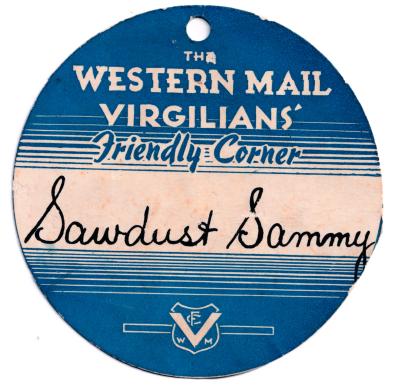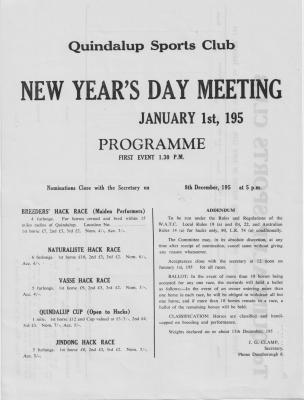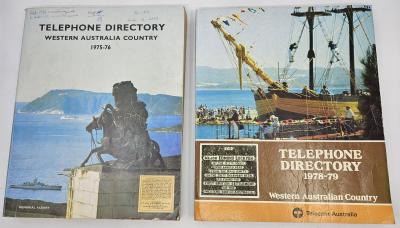Howard Rotary Hoes Facebook page for enthusiasts
Howard Junior Rotovator
c. 1949This is a Howard Junior Rotovator, or “garden tractor”, which would have been used to till a large vegetable garden on a local farm. It has “bicycle type” handlebars but is not equipped with either a differential or a reverse gear.
The first patent for a powered rotary hoe was lodged by Arthur Clifford Howard in 1920. As a 19 year old, Howard started experimenting with rotary tillage in 1912 on his father's farm at Gilgandra, New South Wales using his father's steam tractor engine as a power source. His earliest designs threw the tilled soil sideways, until he improved his invention by designing an L-shaped blade mounted on widely spaced flanges fixed to a small-diameter rotor. In 1923 he started manufacturing rotary hoes and tractors in Northmead, NSW where the Junior was made between 1929 to 1959.
In 1938, Howard moved to the UK where he set up a separate company, "Rotary Hoes of England Ltd" and continued the changes to the Rotary Hoe design. The major change was to include all gearboxes into one gearbox. The Australian Junior remained the same with only a few design changes during this period.
The Australian Company was originally called "Austral Auto Cultivators Ltd" from 1923 to 1933. It was renamed "Howard Auto Cultivators Ltd" in 1933 and remained that name until 1959, when A.C. Howard gained control of the Australian Company and it was renamed "Howard Rotavators Pty Ltd", which it remained until 1985 when the company went into receivership.
Details
Details
On the bar appears the serial number which dates this machine to 1949
21859
On the motor appears a serial number which dates the motor to 1938
1332
The operator would walk behind the self-propelled Junior which was equipped with a gearbox and driven forward, or held back, by its wheels. The gearbox enabled the forward speed to be adjusted while the rotational speed of the tines remained constant which enabled the operator to easily regulate the extent to which soil is engaged. This model also has a “wheel pulley” which could be used to power other equipment from the stationary Junior.
The early settlers in Busselton all grew vegetables but their “veggie gardens” were much larger than those of today. Some of this produce was for their own use, some would have been bartered for provisions and the rest would have been pulped for stock feed. The advent of the rotary hoe significantly decreased the amount of back breaking work required to plant these gardens.
This Rotovator was bequeathed to the Busselton Senior High School who never found a use for it and donated it to the Museum
More items like this
Other items from Busselton Historical Society
- Spring Tyne Cultivator
- Horwood Bagshaw Super Spreader
- Fordson Model F Tractor
- International Harvester Grister
- Virgilian name tags
- Killerbys Departmental Stores Brochures
- Peake's - The Australian Grocers' Household Diary 1955
- Book - "The Church Catechism (No.70)"
- Quindalup Sports Club New Year's Day Meeting Programme
- Telephone Directory - Western Australia Country
- Festival of Busselton - Programmes
- Jetty Marathon Walk - Record Book by John Bussell
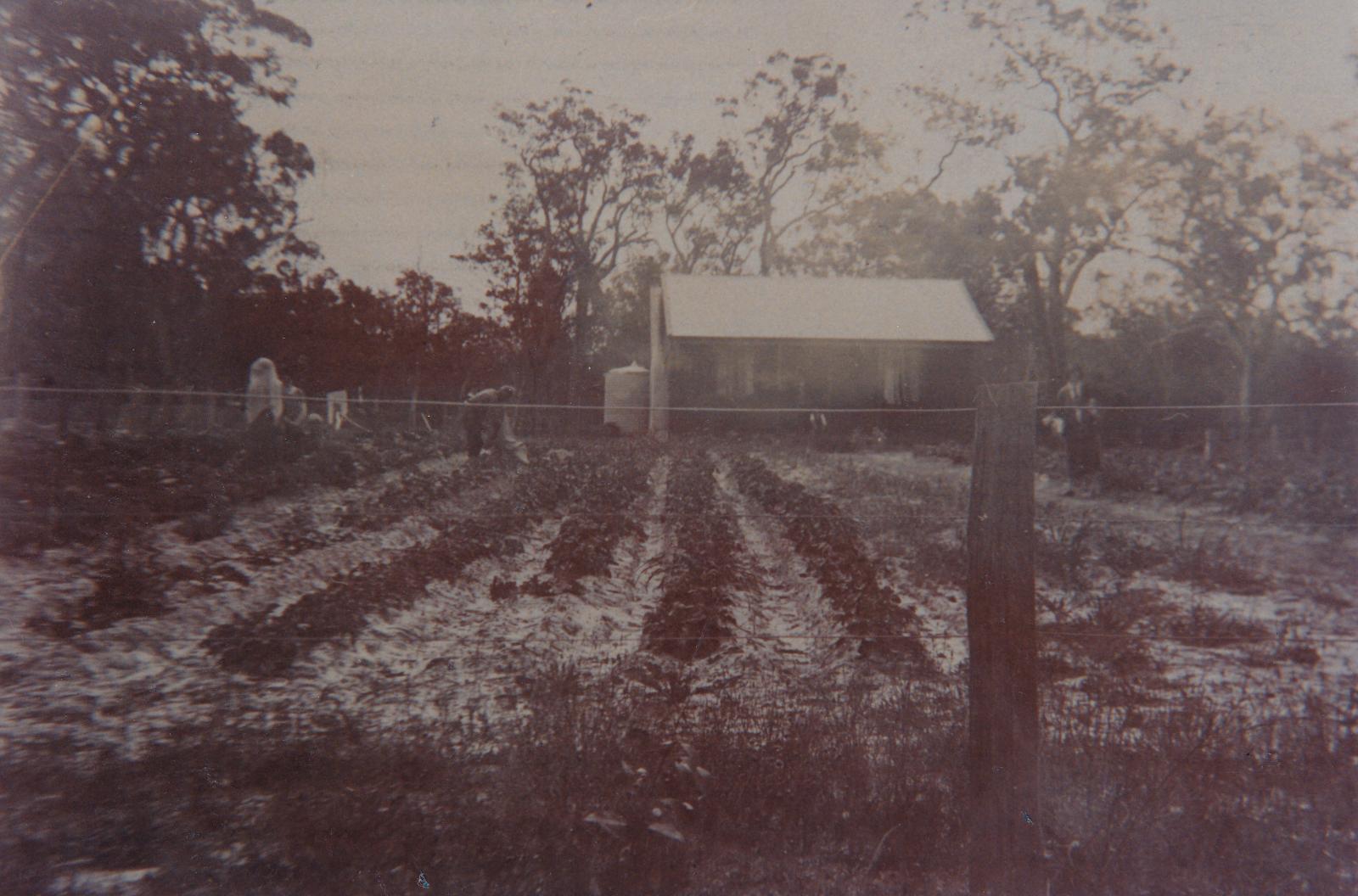
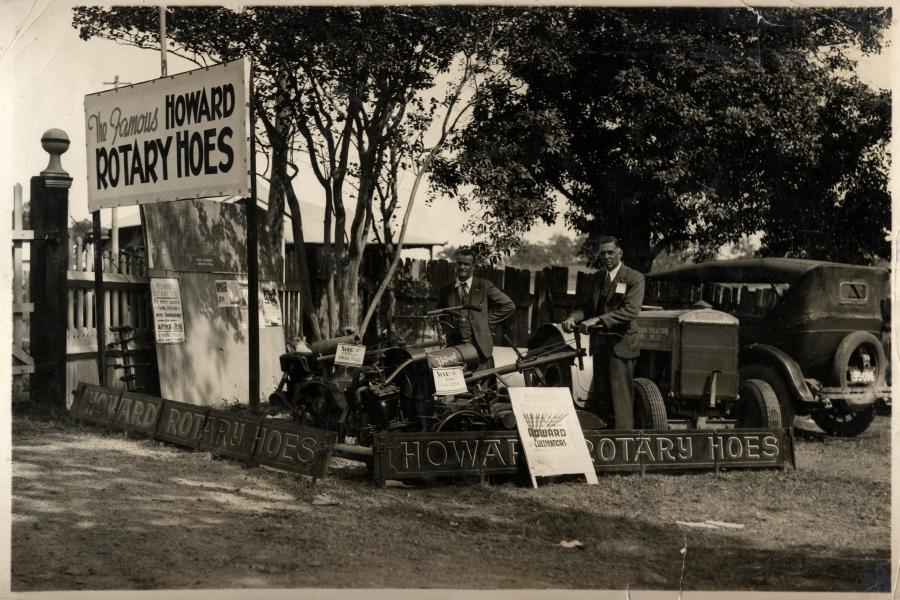
Scan this QR code to open this page on your phone ->


